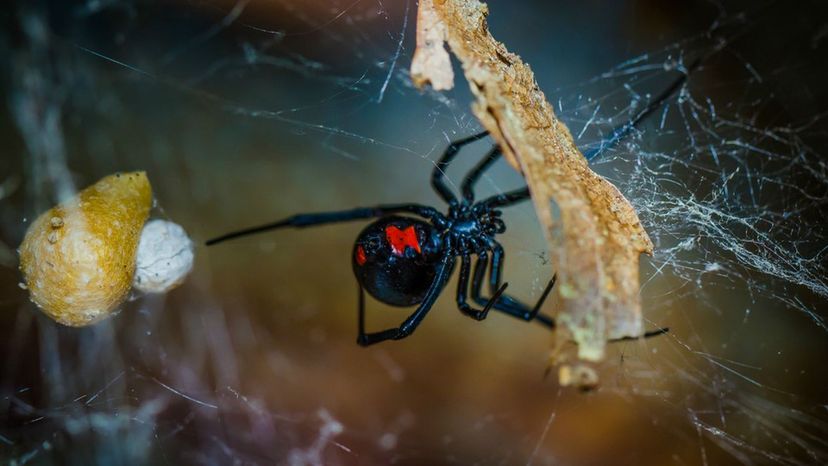
About This Quiz
You don’t need to be an entomologist to admire the killer-instinct in bugs. The things these little creatures can do is simply mind-boggling.
For instance, the sting of a velvet ant, which is a wingless wasp, can take down a cow! And when it comes to killing humans, be aware of the Asian giant hornet. This small but scary beast is responsible for over 40 deaths and 1,600 injuries every year. The hornet's venom is incredibly powerful, capable of destroying red blood cells and causing kidney failure.
Do we have your attention? Then it’s time to take a quiz and learn what small but deadly insects are out there. Click the button below.
Of course, insects aren’t the only small creatures to be wary of, there are arachnids (spiders or scorpions) and creepy crawlers, too. For instance, the Deathstalker scorpion is especially dangerous to children and the elderly. In most cases, the cause of death is a buildup of fluid in the lungs, called pulmonary edema. But it’s not always about people! Other land-based arthropods use their deadly talent to kill prey, whether it be small animals or other insects, through poisonous stings or paralyzing bites. Such a dangerous world! It’s important to know all the hazards and appreciate the power of something so small. Take the quiz now and learn it all.
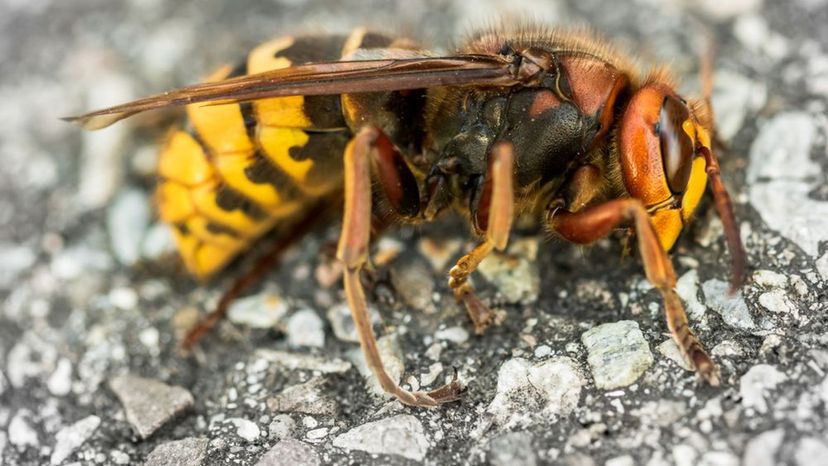
About the size of your thumb, the Asian giant hornet is responsible for over 40 deaths and 1,600 injuries every year. The hornet's venom is incredibly powerful, capable of destroying red blood cells and causing kidney failure. Around 200 of those sting victims require hospitalization each year and often must undergo dialysis to filter the toxins from their blood.
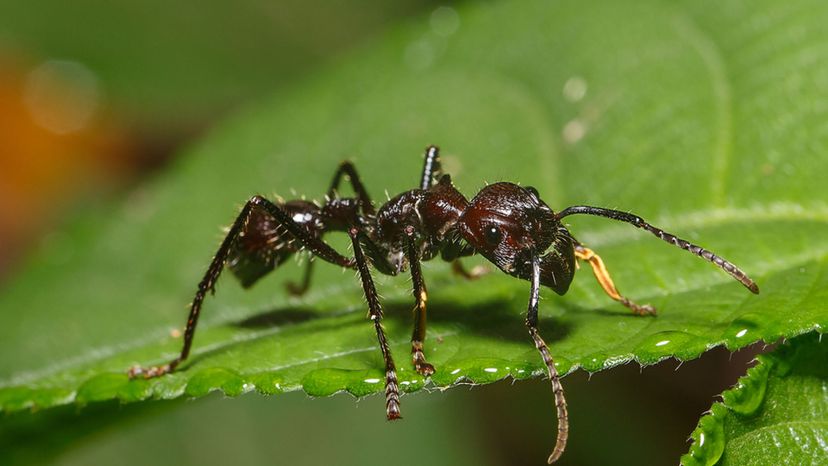
The bullet ant may not be the deadliest insect, but it definitely inflicts the absolute most painful sting out there. Victims often compare the sting to the incredible pain of bullet wounds. Typically, sting victims only die if they are allergic. However, being stung often results in paralysis, tremors and unbelievable pain that can last for days.
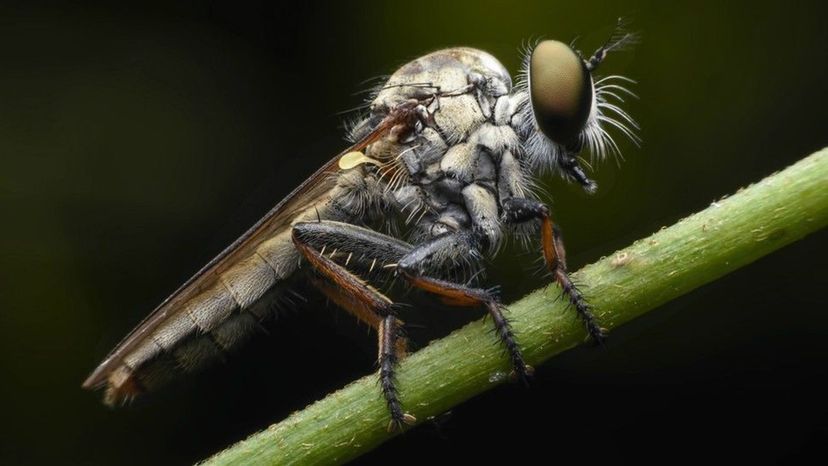
Although not a threat to humans, this fly species is a definite killer. With a neurotoxic venom that liquifies its victims' innards, other insects don't stand a chance against the robber fly. It's capable of taking down spiders, wasps and other insects much larger than itself.
Advertisement
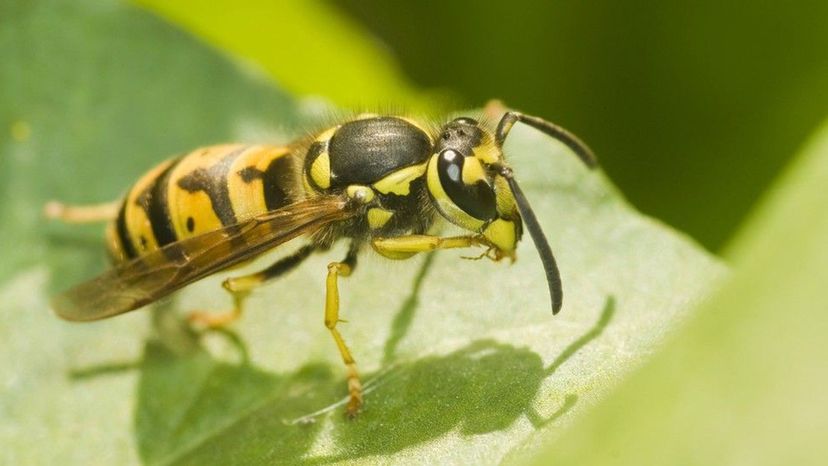
Introduced to the North American continent in the 19th century, the German yellowjacket is a scavenger, meaning it likes to feed off the scraps humans leave behind. The species tends to be aggressive when it comes to its nest, especially in late summer, and will release a pheromone indicating to other hornets that the nest is under attack. This will result in a horde of hornets descending on you.
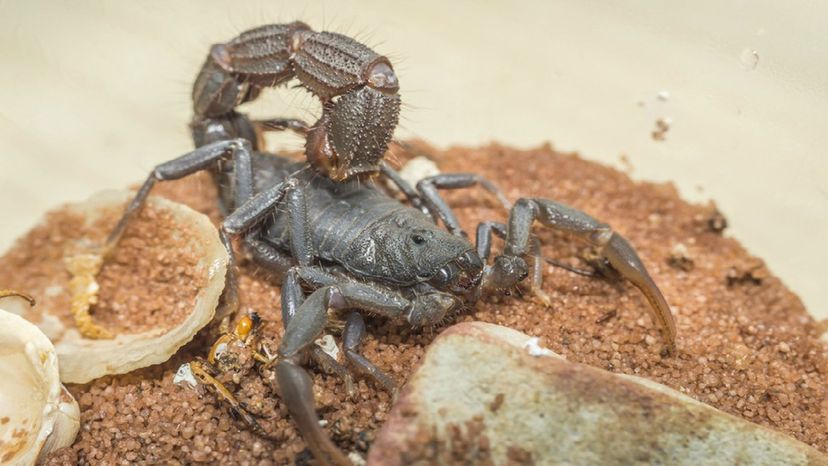
Capable of "spitting" its venom up to 3 feet, this scorpion species can grow up to 6 inches long and has a venom equivalent to cyanide in potency. Although death is unlikely to occur in human sting victims, there are an array of accompanying unpleasant side effects, like muscle convulsions, incredible pain and heart palpitations. The venom can also cause blindness if shot into the eyes.
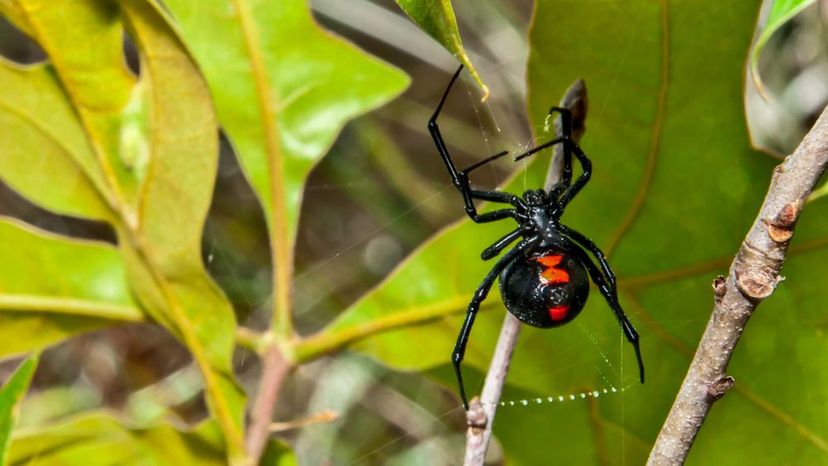
With a venom that is reportedly 15 times more potent than that of a rattlesnake, the black widow is one of the most venomous spiders in North America. Fortunately for bite victims, death is rarely a complication, though a definite possibility for children and the elderly. Complications include paralysis of the diaphragm, difficulty breathing, muscle aches, and nausea. They usually grow to about the size of a paperclip and can be found in every U.S. state except Alaska.
Advertisement
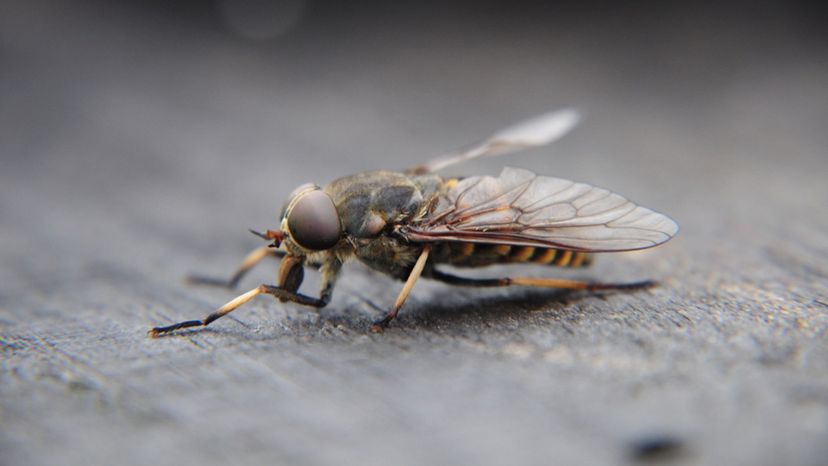
Found throughout Central and South America, the human botfly often manages to lay its eggs on mosquitoes. When the mosquitoes bite a host - humans, in this case - the eggs are transferred to onto it. This triggers the eggs to hatch, resulting in larvae burrowing into the human host's skin. While often not deadly, if the larvae pick the wrong place to burrow, like the ear, things can get complicated.
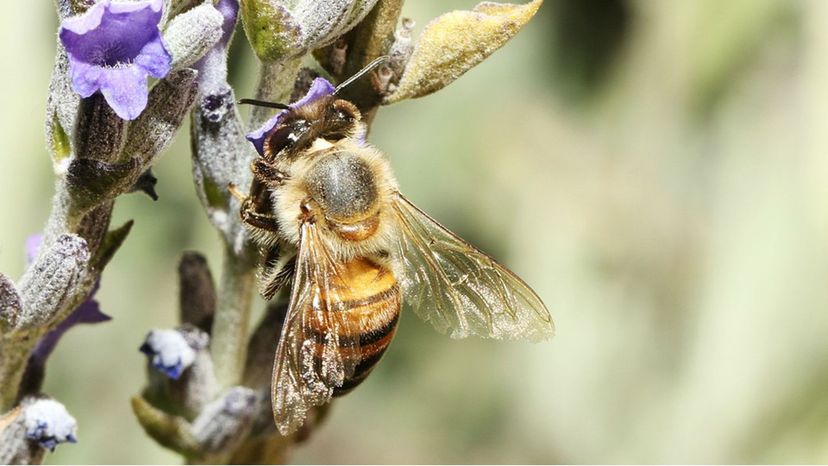
Commonly referred to as killer bees, Africanized honey bees are an especially deadly hybrid cross between African and European honey bees. While their venom isn't anything special, the fact that the bees are so aggressive and attack in forces that can exceed 100,000 means that they can easily take down any human unlucky enough to stumble near its nest.
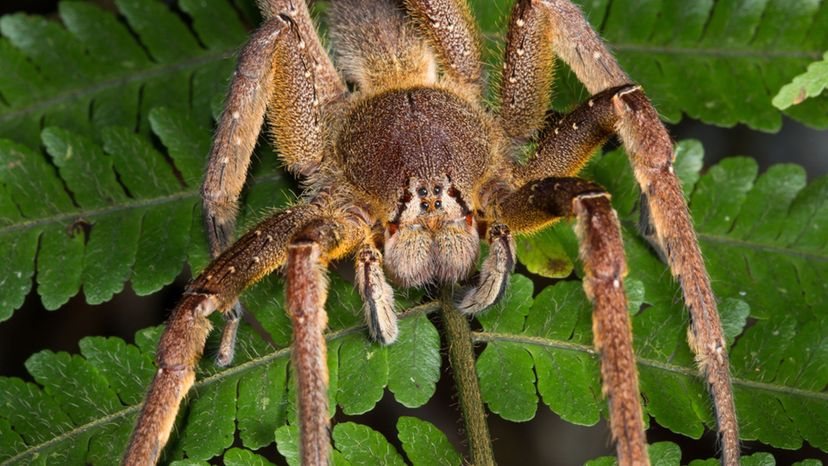
Considered the world's deadliest and most venomous spider, the Brazilian wandering spider's venom causes paralysis that can lead to death. Symptoms of a bite include: difficulty breathing, muscle convulsions, incredible pain and swelling/inflammation.
Advertisement
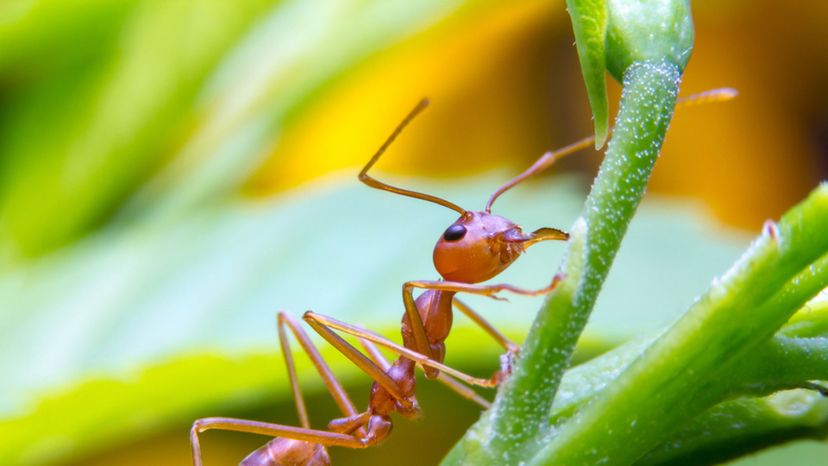
In the wake of Hurricane Harvey, Americans were horrified to discover the existence of large, floating masses of fire ants. In an effort to keep their colonies alive during flooding, the ants banded together to form a living structure intended to keep their queen and her eggs dry. Anything dry they happened upon, they immediately swarmed. Humans were told to avoid the ant bubbles. About 5% of bite/sting cases are fatal, largely due to allergies.
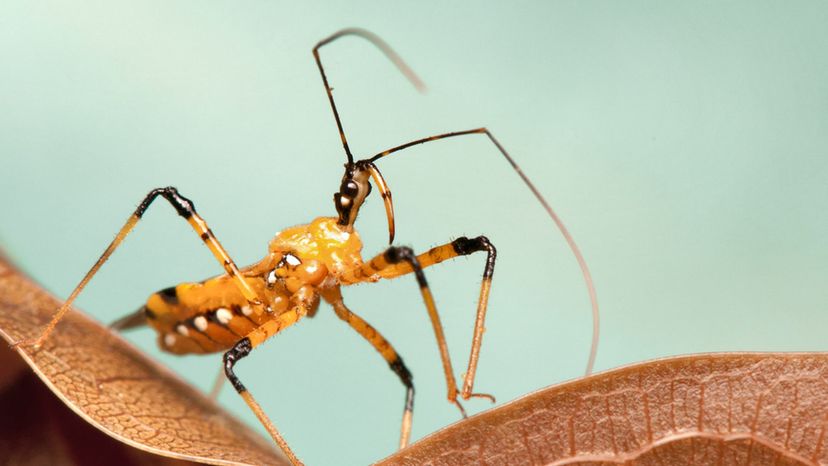
Also known as the kissing bug, the assassin bug is deadly because it carries and can spread Chagas disease, though the likelihood of transmission through a kissing bug bite is rare in the U.S. Chagas disease causes around 11,000 deaths across the world each year.
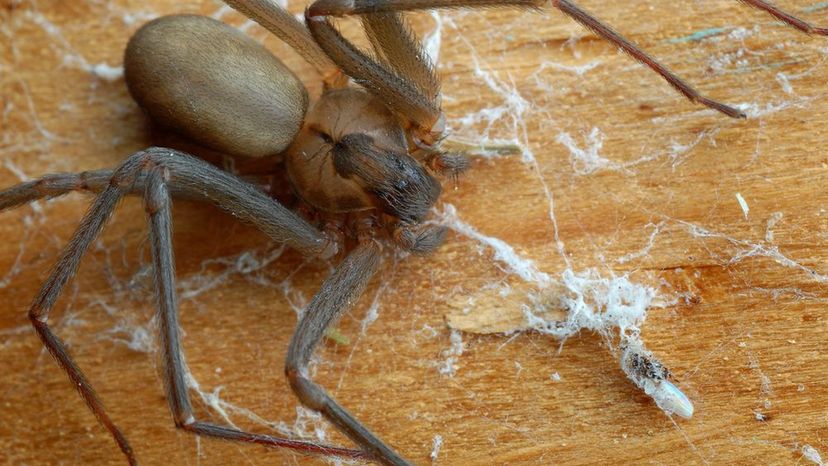
The brown recluse is usually not deadly to humans, though its bite often results in necrosis of the surrounding tissue. Necrosis is when the skin pretty much breaks down and rots away. In severe cases, complications may result in amputation and/or death.
Advertisement
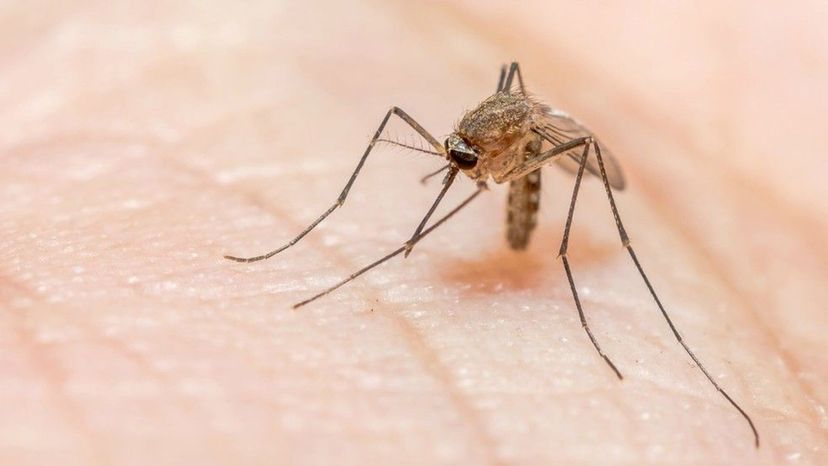
Out of the more than 3,000 mosquito species across the globe, the Anopheles is the only one known to carry and transmit malaria, a disease that kills a half-million people and afflicts more than 200 million others every year. In addition to malaria, Anopheles mosquitoes can also transmit elephantiasis and encephalitis.
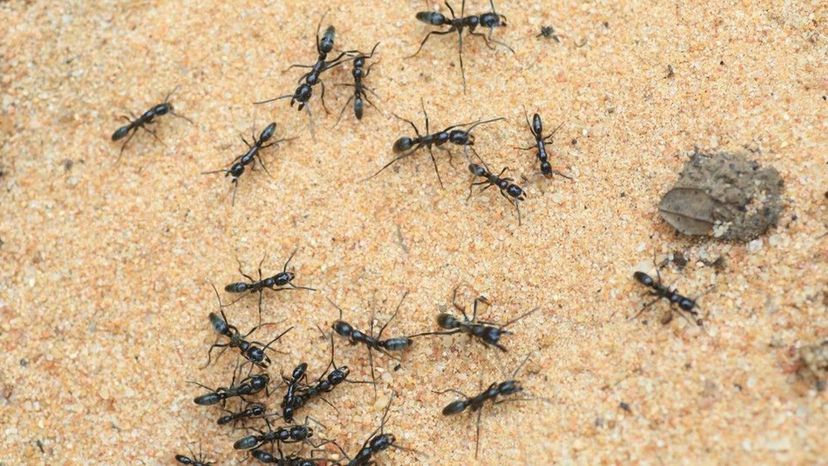
Also known as the driver ant, siafu ants are capable of carrying out coordinated attacks on other insect colonies, like termites. They bring the carcasses of their prey back to their own colony, where they feast. This ant species is commonly found along the African equator. While there isn't a specific number of deaths attributed each year to the siafu ant, the species is reportedly capable of skeletonizing (picking your bones clean) a human in as little as four hours.
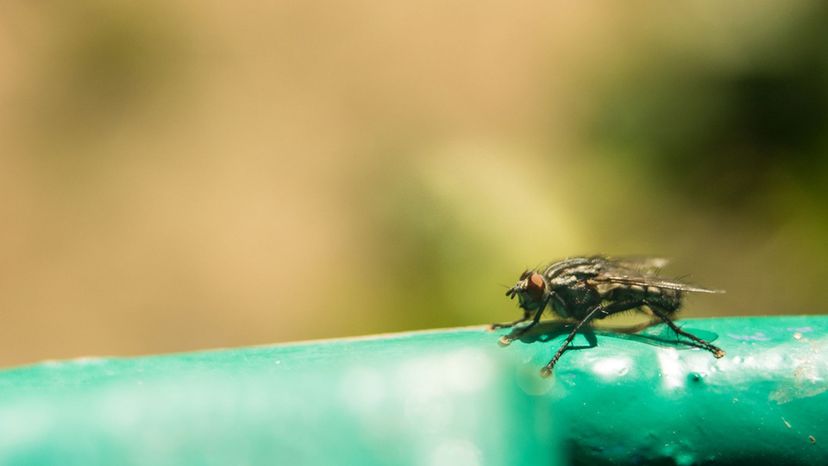
If you've never heard of sleeping sickness (African trypanosomiasis), it's because you're lucky enough not to live in a region shared by the notorious TseTse fly. Sleeping sickness is the result of swelling in the brain caused by the parasites carried by TseTse flies. There are 23 known species of TseTse fly living in the mid-African region.
Advertisement
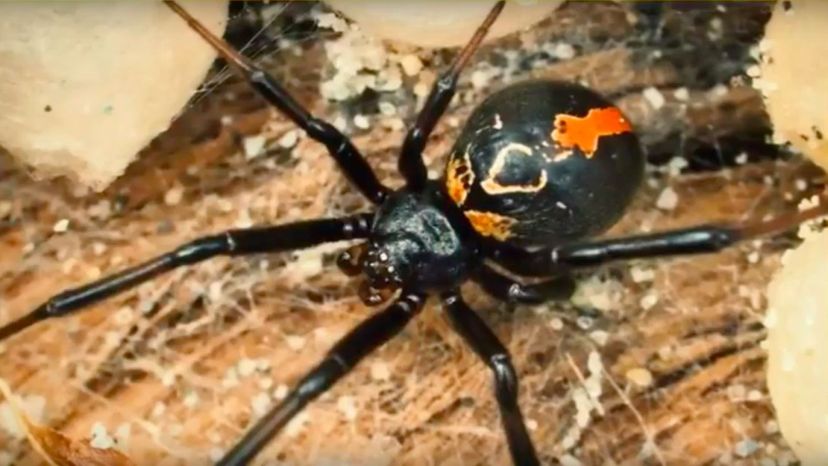
Found in specific areas of New Zealand, the Katipo spider has a bite that causes agonizing pain that spreads through the body within minutes. Symptoms also include intense sweating, breathing difficulties, muscle convulsions, vomiting, and in some cases, death.

Also known as the six-eyed crab spider because of its flat stance, the six-eyed sand piper is found mainly in southern Africa, with more than 38,000 varieties of the spider having been identified. The spider's venom is capable of breaking down red blood cells and eating away at human flesh. Because it's a very shy species, bites are extremely rare.
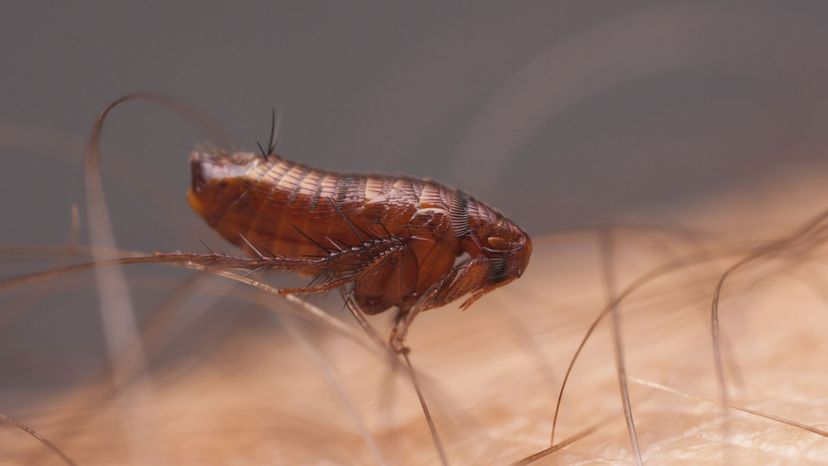
Fleas are capable of doing much more damage than simple skin irritation. The species is responsible for transmitting serious diseases, like the plague, typhus and cat-scratch fever, making them potential killers.
Advertisement
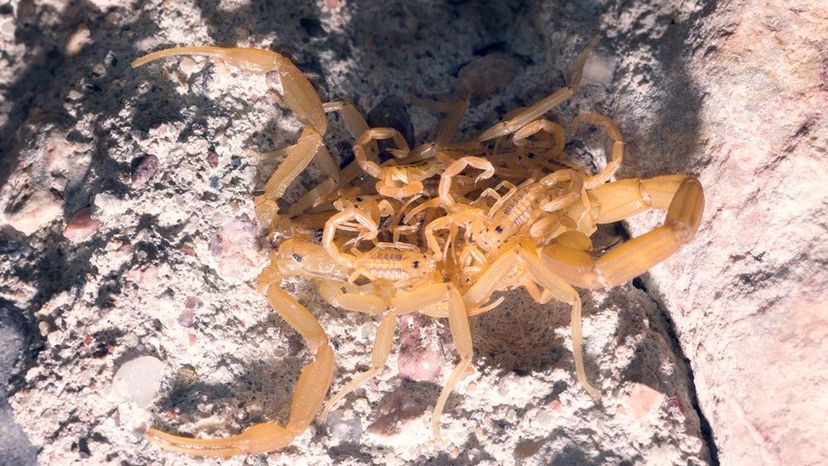
Out of the estimated 1.2 million scorpion stings that occur each year, less than 1% of them result in death. The Arizona bark scorpion is the most venomous and dangerous scorpion in North America. Its neurotoxic venom attacks your nervous system, causing severe pain, muscle convulsions, numbness, vomiting, diarrhea, and in some cases, death.
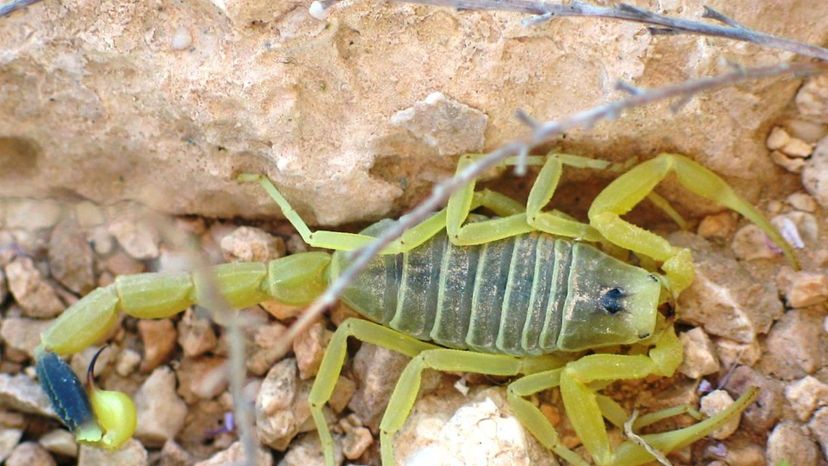
Most dangerous to children and the elderly, this scorpion is definitely capable of killing. In humans, the cause of death is usually a buildup of fluid in the lungs, called pulmonary edema. It's considered the third most poisonous scorpion.
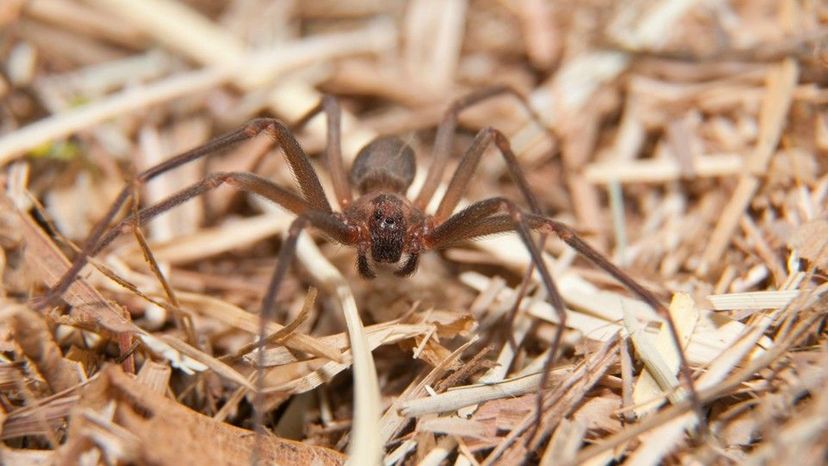
Like its relative the brown recluse, the Chilean recluse spider bite causes necrosis of the surrounding area, which in severe cases can lead to death. Out of all the recluse varieties, the Chilean recluse is believed to be most dangerous, causing death in about 4% of cases.
Advertisement
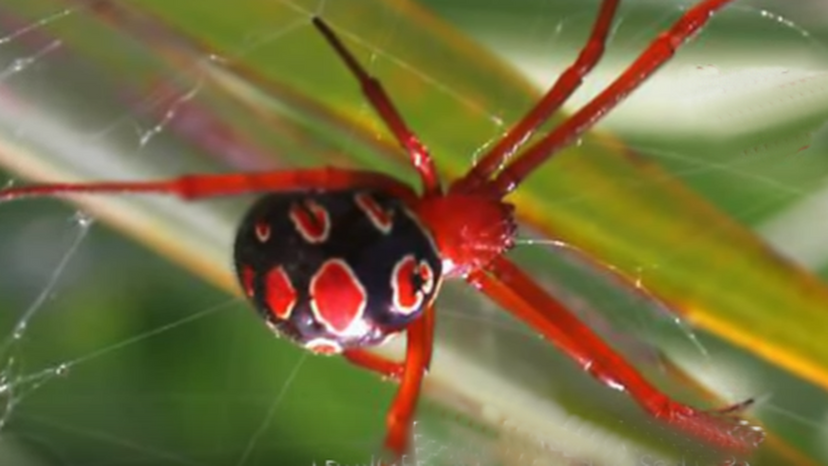
Also known as the red widow, this widow variety typically doesn't display aggressive behavior toward humans and rarely bites. Bites can cause intense pain, muscle cramping, severe nausea, and in some cases, especially involving children and the elderly, death.
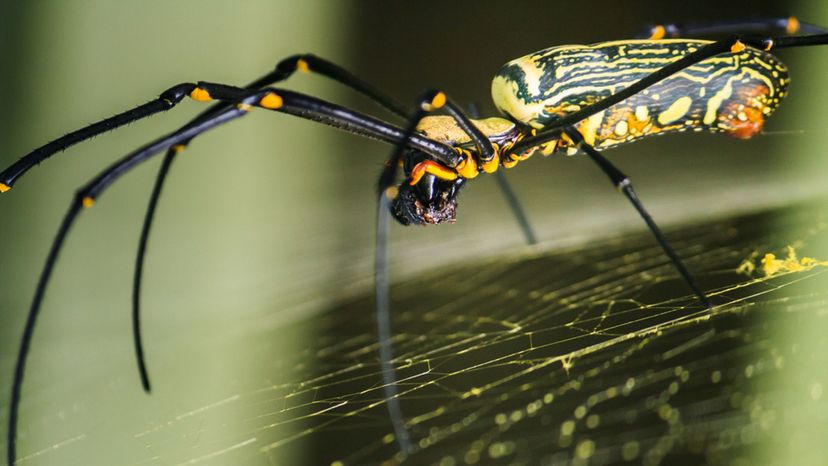
There are many varieties of golden silk orb-weaver, some with venom comparable to that of the black widow. However, no fatalities have been reported, and there are most commonly no serious symptoms associated with being bitten.
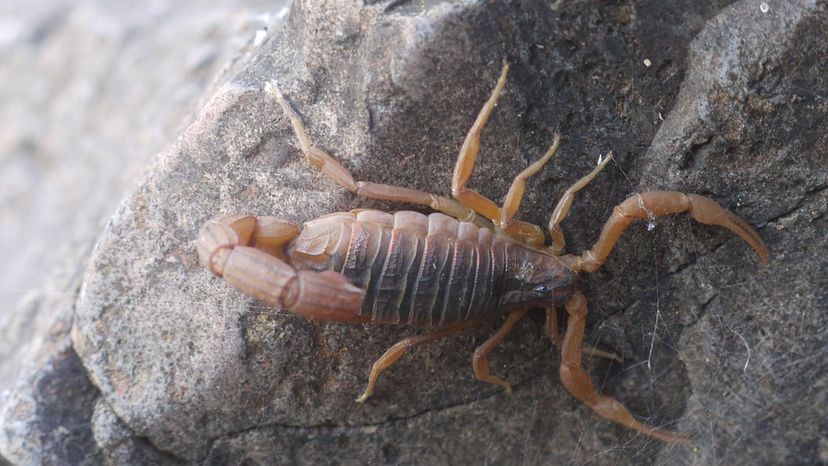
Considered the most lethal scorpion in the world, the Indian red scorpion's sting causes severe symptoms, including cardiac distress, skin discoloration and pulmonary edema. If given the proper medication to combat the effects, then risk of death drops to about 4%.
Advertisement
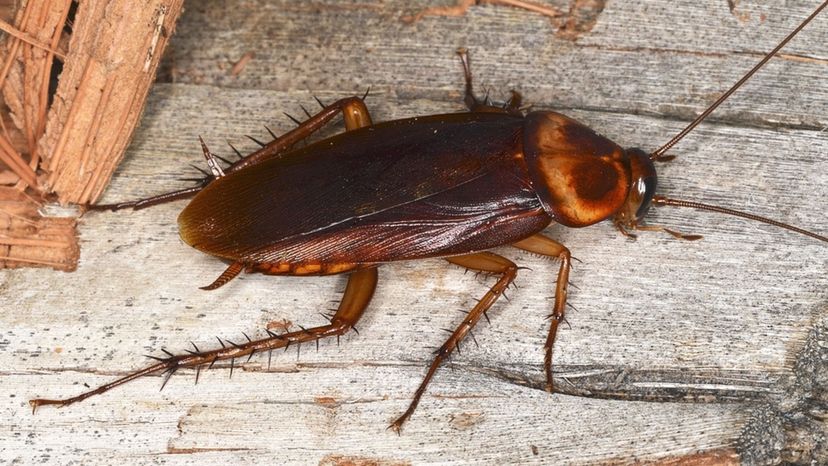
While not dangerous all by themselves, cockroaches are dangerous when coupled with bacteria they've picked up from their living environments, like sewers and dumpsters. They're capable of spreading serious diseases, like salmonella.
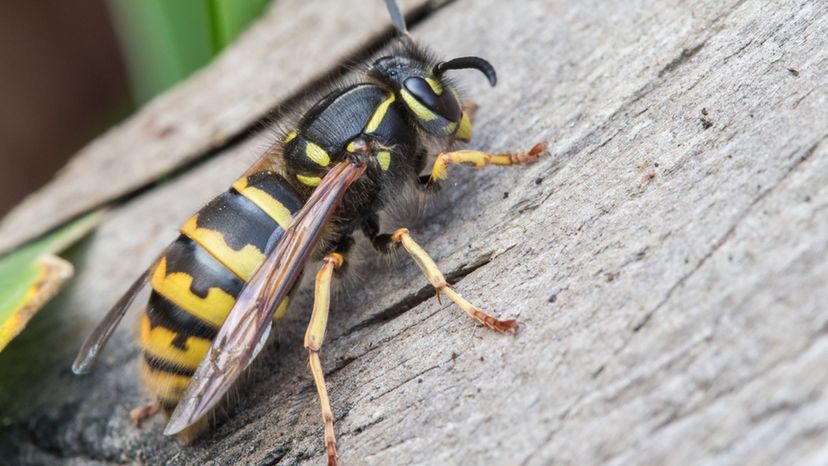
In Australia, wasps and bees kill more people than spiders and snakes. The tarantula hawk wasp is an especially gruesome predator. When it comes to laying eggs, the females hunt down and paralyze a tarantula, which they then drag to their underground nest, where they lay eggs on top of the tarantula. Once the eggs hatch, the larvae feed on the tarantula.
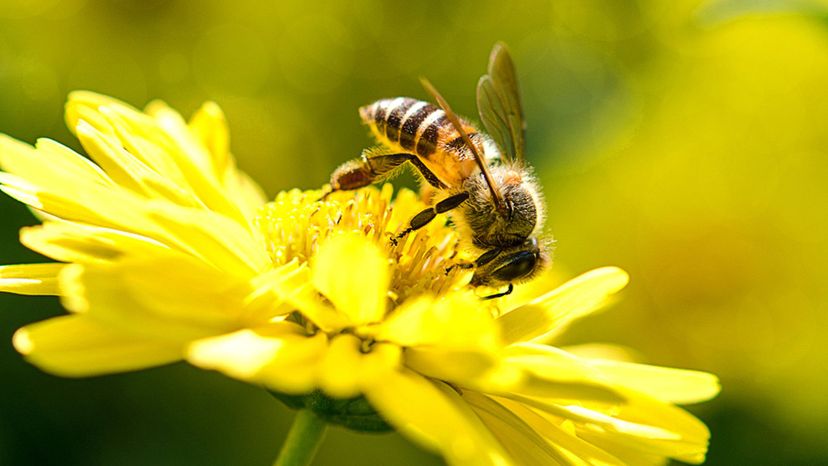
During the spring and fall, honeybees are most aggressive as they form swarms while establishing new hives. Typical honeybees are not as dangerous or aggressive as the Africanized variety, but they are still capable of killing when attacking in large numbers. It's believed that being stung between 8 and 10 times for every pound of body weight is lethal.
Advertisement
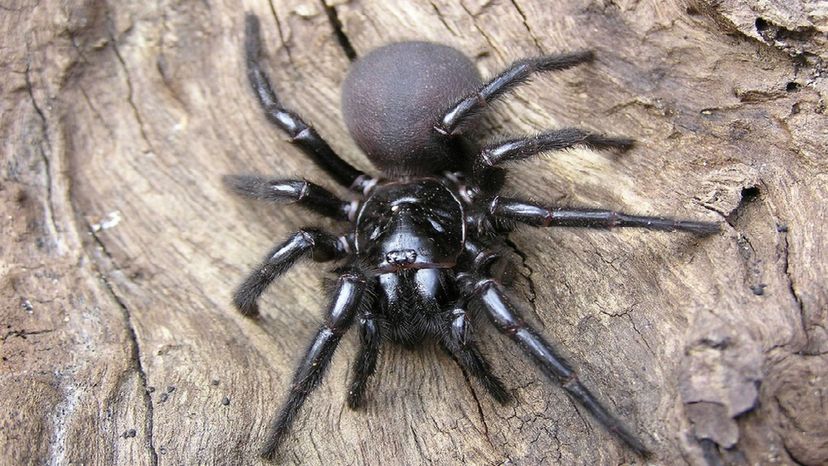
There are more than 40 species of funnel-web spiders, and only some of them are venomous. The dangerous species include: the Sydney funnel web spider, the Blue Mountains funnel web spider and the Northern and Southern tree funnel-web spiders. Their venom attacks the nervous system and can lead to death if anti-venom is not administered promptly.
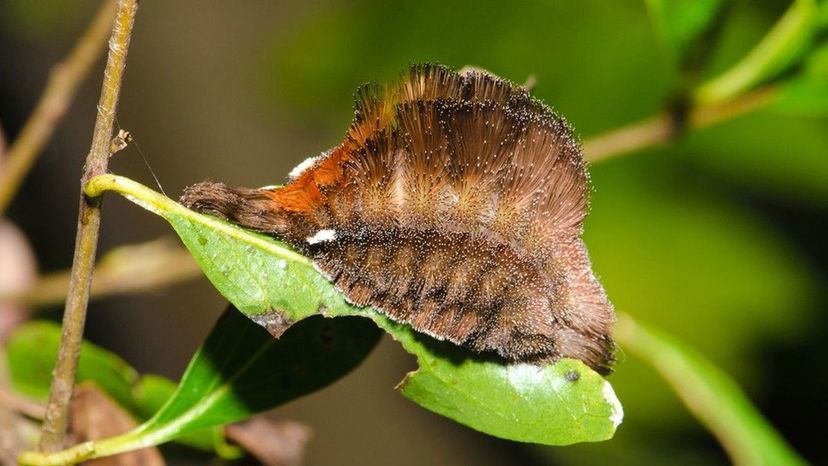
The most venomous caterpillar to crawl the lands of North America, the puss caterpillar, also known as the asp caterpillar, is definitely an insect to avoid. Simply coming into contact with it is enough to send some people in to shock. Other symptoms include: respiratory distress, abdominal distress, vomiting, headache, lymphadenopathy, and lymphadenitis. Similar to how the Midwest treats blizzards, Texas shuts down schools when there are outbreaks of the caterpillar.
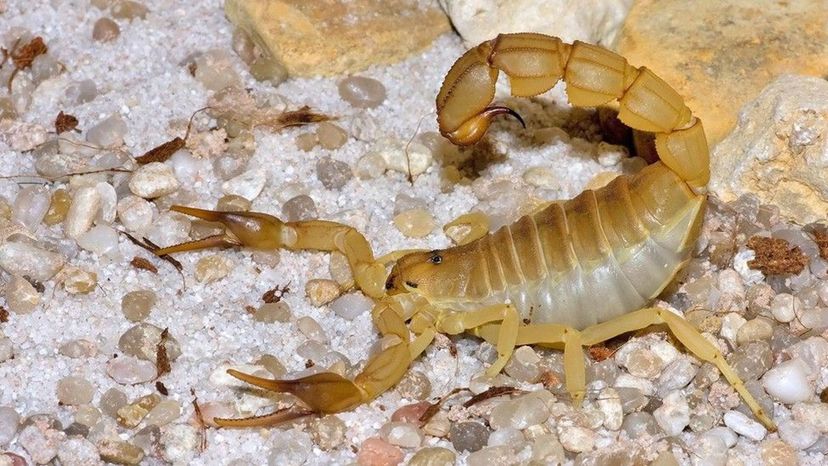
If medical attention is sought and anti-venom goes unadministered for more than 7 hours, the chance of death greatly increases for those stung by the Arabian fat-tailed scorpion. Symptoms include increased blood pressure, seizures and loss of consciousness.
Advertisement
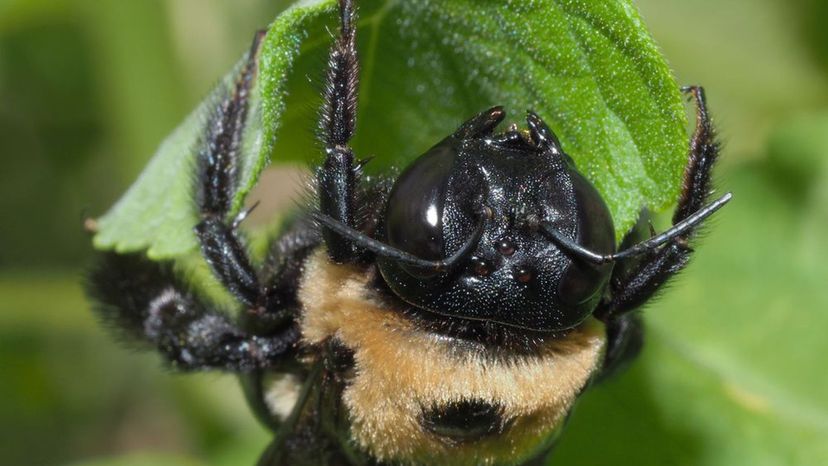
While honeybees can only sting once due to the barb on their stinger, bumblebees are able to sting repeatedly. Again, unless attacked by huge numbers of bees or if allergic, death from a bumblebee sting is rare.
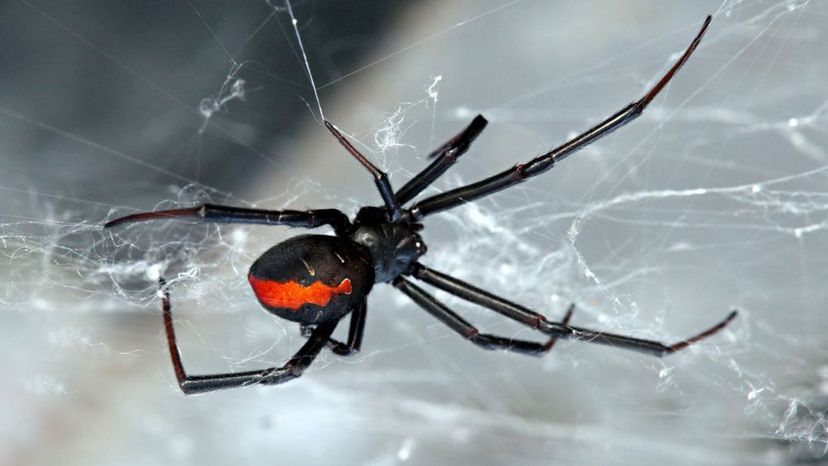
Closely related to the black widow, the redback is a carnivorous spider that catches everything from flies to snakes and birds in its web. Their venom is lethal, however, bites are extremely rare considering the spiders rarely leave their intricate webs and have small jaws that are not effective at breaking human skin.
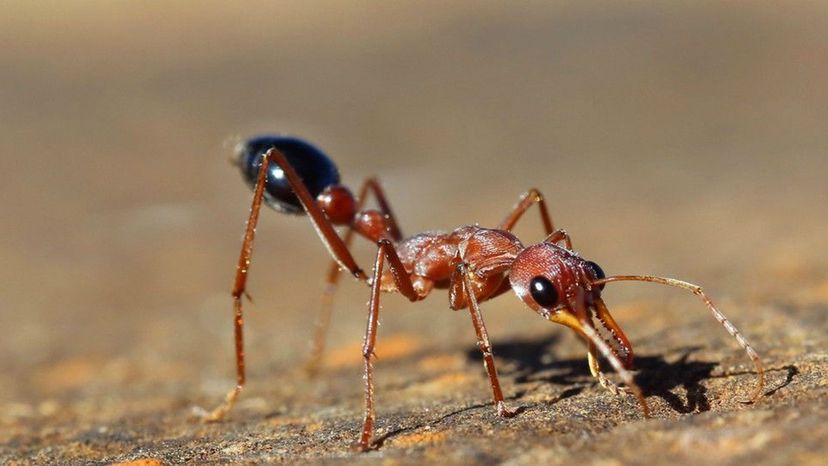
Also known as bulldog ants, this insect species is especially fierce, able to bite and sting at the same time. Their extremely aggressive behavior earned them their name. The ant is found in coastal regions of Australia and has over 90 varieties. While most victims don't die from the ant's venomous sting, some people are more sensitive and can die within 15 minutes.
Advertisement
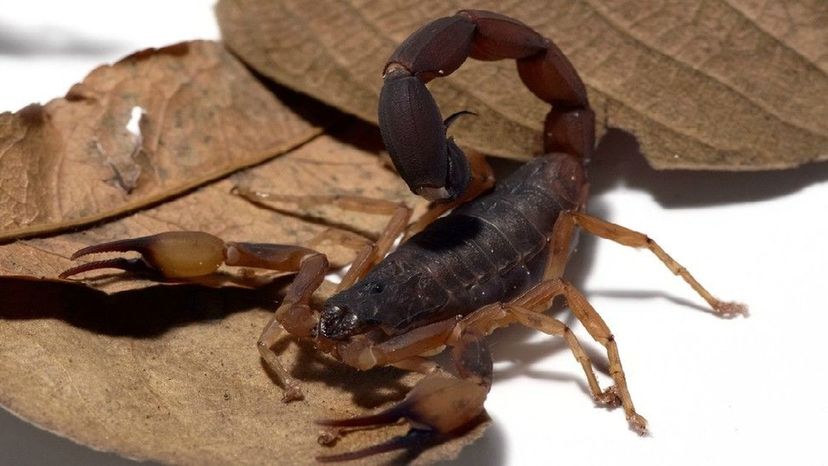
The most lethal scorpion in South America, the Brazilian yellow scorpion's sting can cause cardio-respiratory failure in the elderly and children. As for everyone else, symptoms can include severe nausea, increased heartbeat, and hyperesthesia, which is an acute sensitivity to touch of any kind.
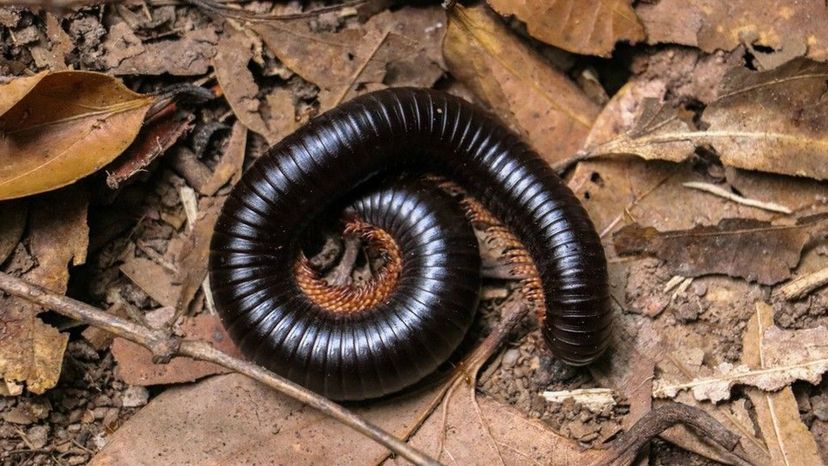
Capable of reaching lengths up to an entire foot, Amazonian giant centipedes are fairly aggressive with a venomous bite. Depending on where the creature bites, the attack could be fatal to humans. Other symptoms include swelling at the bite site, intense pain, nausea and fever.

If promptly removed, the Australian paralysis tick doesn't pose much of a health threat. However, if left to gorge itself for an extended period of time, the tick eventually releases a neurotoxin that can cause rash, imbalance, weakness, partial facial paralysis and flu-like symptoms. Some bite victims also develop anaphylactic shock, which can lead to death. The species is also known as the seed or grass tick.
Advertisement
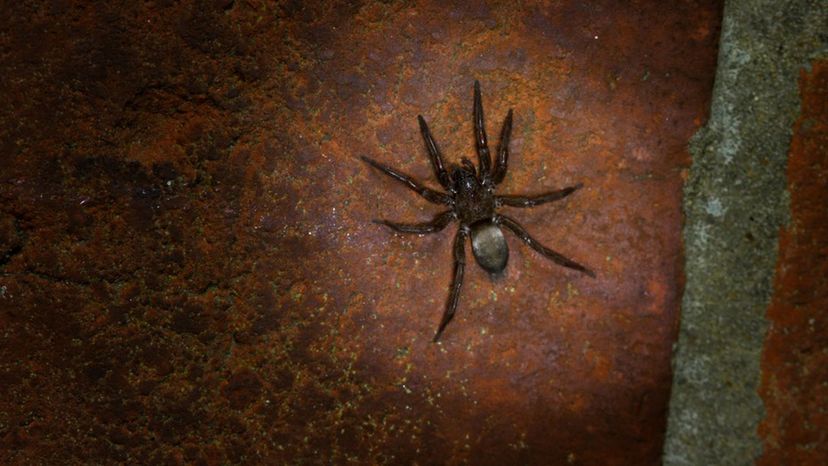
With venom as toxic as the Sydney funnel-web spider, some varieties of the mouse spider are capable of killing humans, though serious cases are rare. There are eight known varieties of the mouse spider found throughout Australia.

One of the most dangerous caterpillars in the world, simply coming into contact with the giant silkworm moth caterpillar's bristles is enough to send some people into kidney failure. Other symptoms include intense abdominal pain and vomiting.
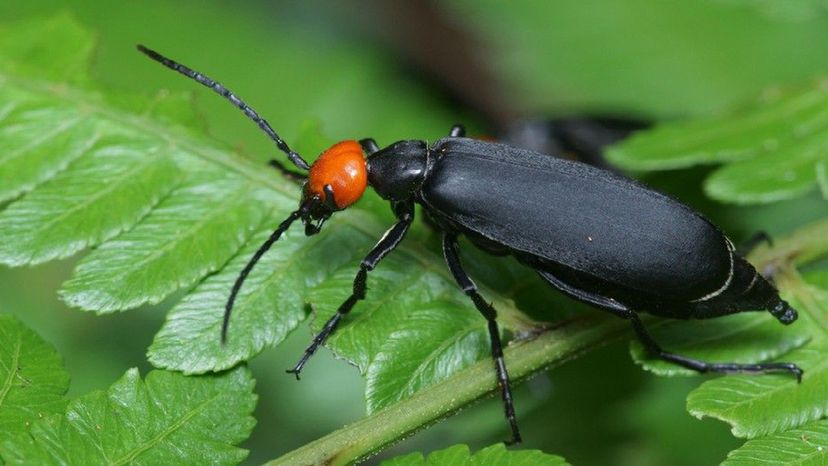
Ingesting just a few blister beetles is enough to kill a horse, so imagine what it could do to a human. Fortunately, the beetle has no way to bite or sting, so the only ways for the chemical to harm humans is through direct contact or ingestion.
Advertisement
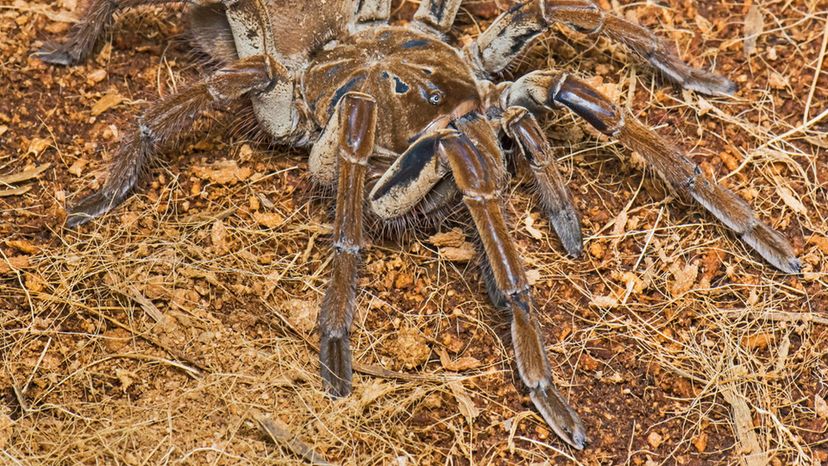
The Goliath is considered the largest spider in the world and has 8 eyes. This incredible species can grow to be a foot in length and made the list because it hunts, kills, and eats birds and other small mammals.
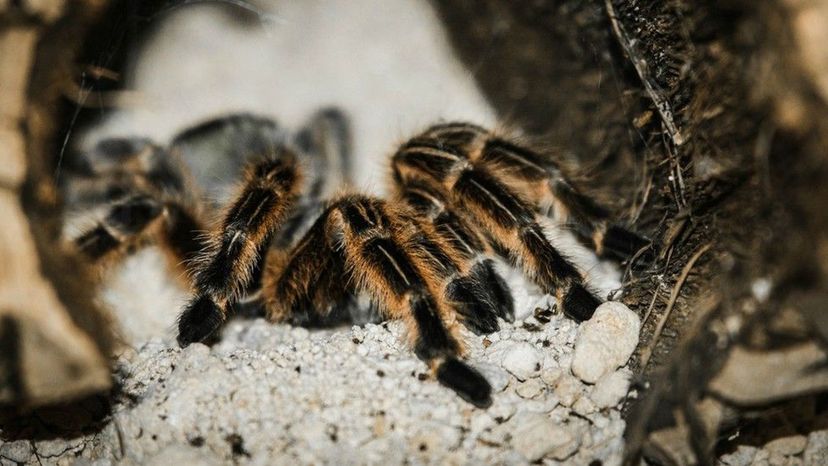
One of the most venomous spiders found in China, the bird spider bite injects a neurotoxin that wreaks havoc on the nervous system, often causing the victim to be unable to move. It's considered an aggressive species of tarantula and can grow up to 8 inches in length. Although there isn't much documented in the way of human bite victims, it's believed the venom could be lethal in small amounts to humans.
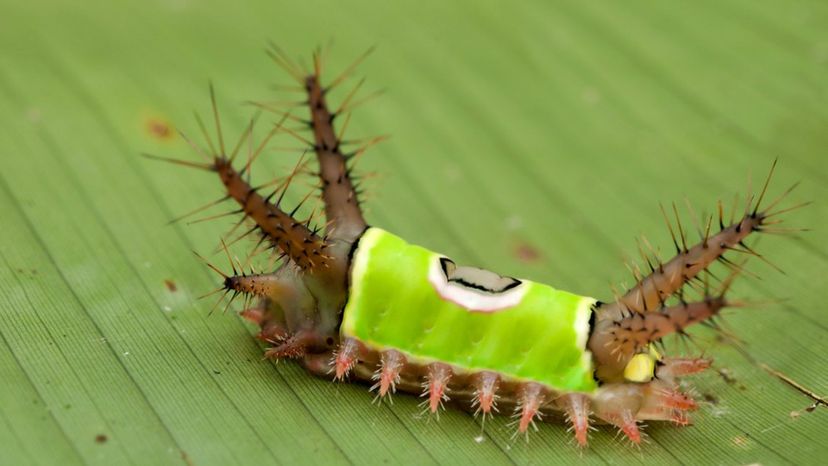
If you're traveling to the east coast, be sure to avoid this cute but dangerous creatures. The saddleback caterpillar has spines that inject hemolytic venom into its victims, which can cause serious symptoms, including anaphylactic shock, migraines, gastrointestinal distress, hemorrhaging, respiratory distress, and the rupturing of red blood cell components.
Advertisement

With a Latin name that translates to "man-killer," the yellow fat-tailed scorpion has a venom that attacks the central nervous system and a muscular tail to drive in its stinger as hard and far as it can. Symptoms include paralysis and respiratory distress.

They may look harmless, but the sting of the Cinnabar moth caterpillar can result in long-term health consequences and even death. Symptoms include joint inflammation, respiratory distress and potential kidney failure.
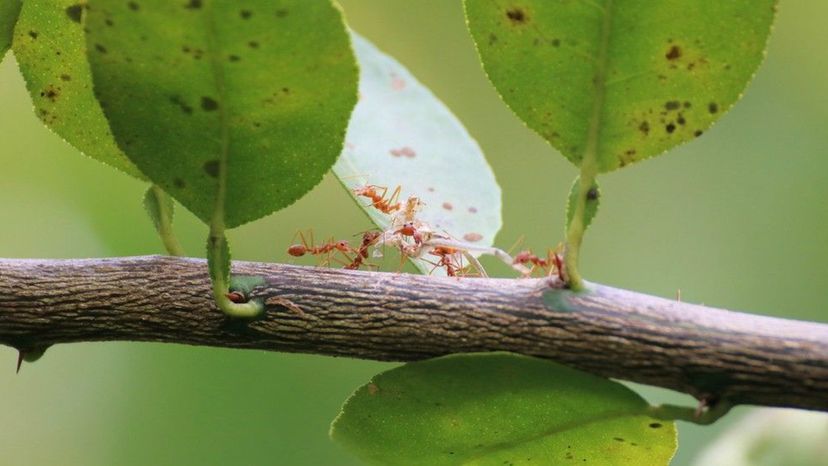
Capable of biting and stinging simultaneously, the red harvester ant has venom that can induce allergic reactions in some bite victims, leading to death. Their venom attacks the lymph nodes, and their sting is considered one of the most painful.
Advertisement
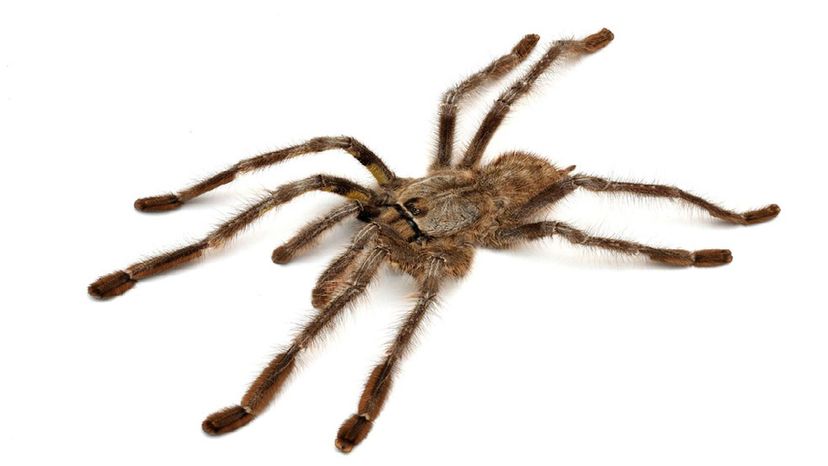
Indiana ornamental tree spider bites can result in tenderness, muscle spasms, profuse sweating, joint stiffness and tightness of the chest. Symptoms can last up to a month. Although no human fatalities have been reported, the spider could be lethal. It's just that it rarely bites humans.
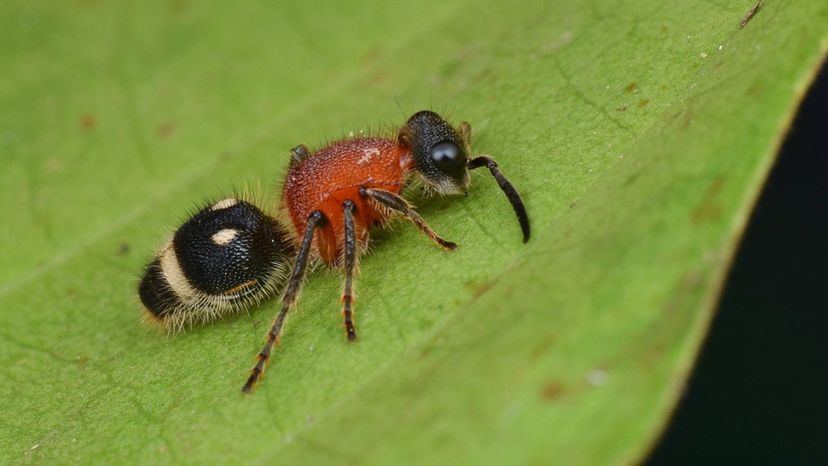
Velvet ants are wingless wasps with a nasty sting. They can grow to nearly an inch and take down a cow. Male ants have wings.
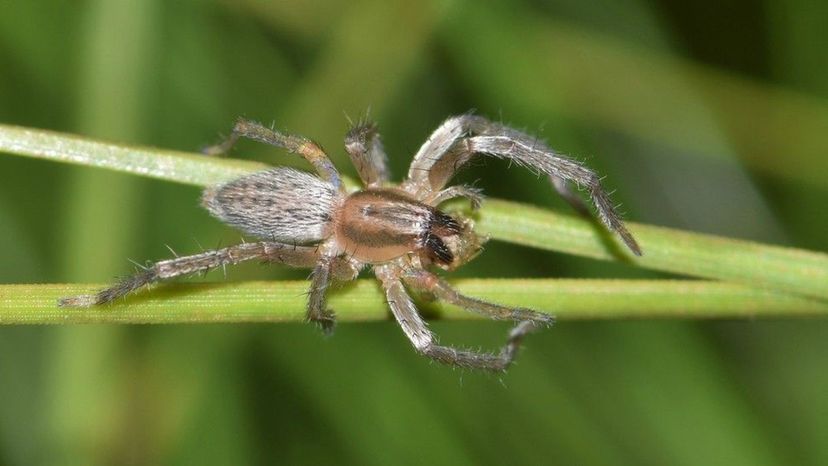
Similar to the brown recluse spider, the yellow sac spider delivers a venomous bite that causes tissue death and can take months to heal. The species is most commonly found in California. Additionally, because of its relatively small, weak jaw, the yellow sac spider often has difficulty piercing human skin.
Advertisement
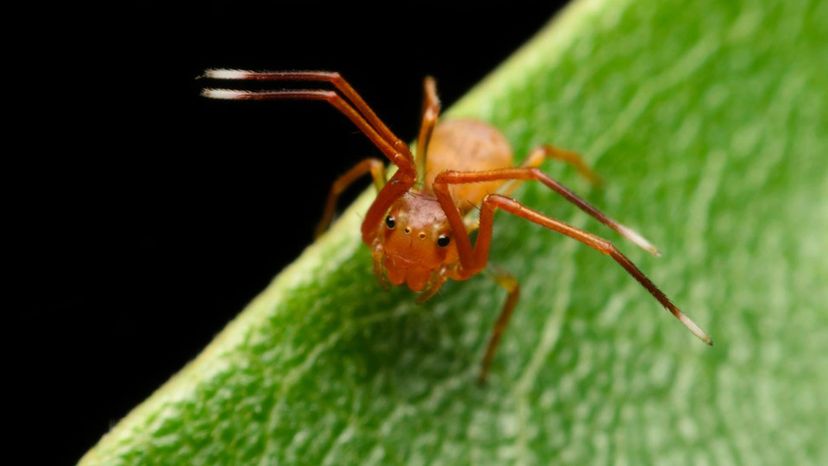
Commonly referred to as Jack Jumper ants and hopper ants, the jumping ant is one of three Australian ant species that can induce anaphlyactic shock in its sting victims. The ants hibernate during winter and emerge ready to sting in the spring. They are able to jump when attacking.
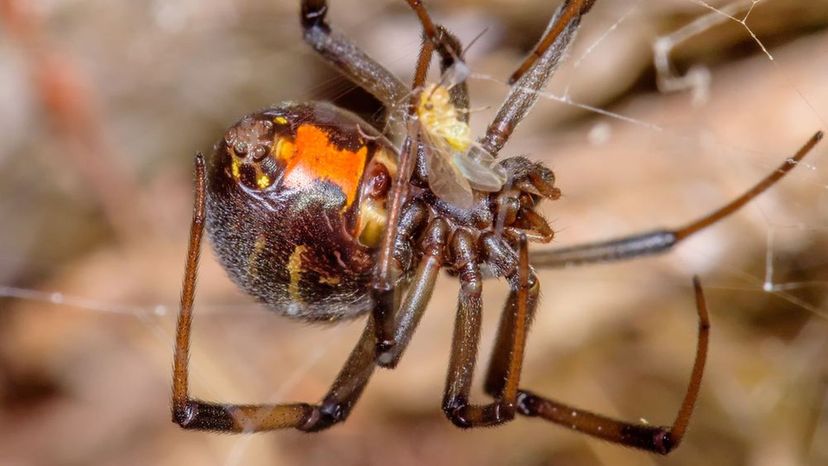
With a venom more toxic than its close relative the black widow, the brown widow spider poses a threat to humans, though no fatalities have been recorded. This is largely because it injects less venom into its bites than other venomous spiders.